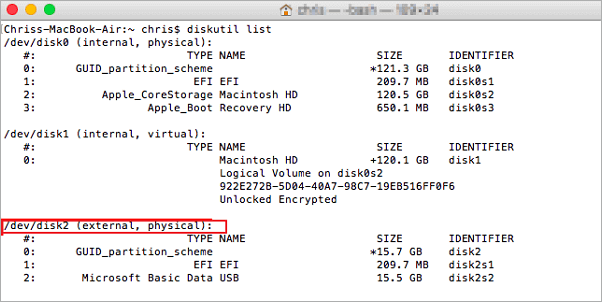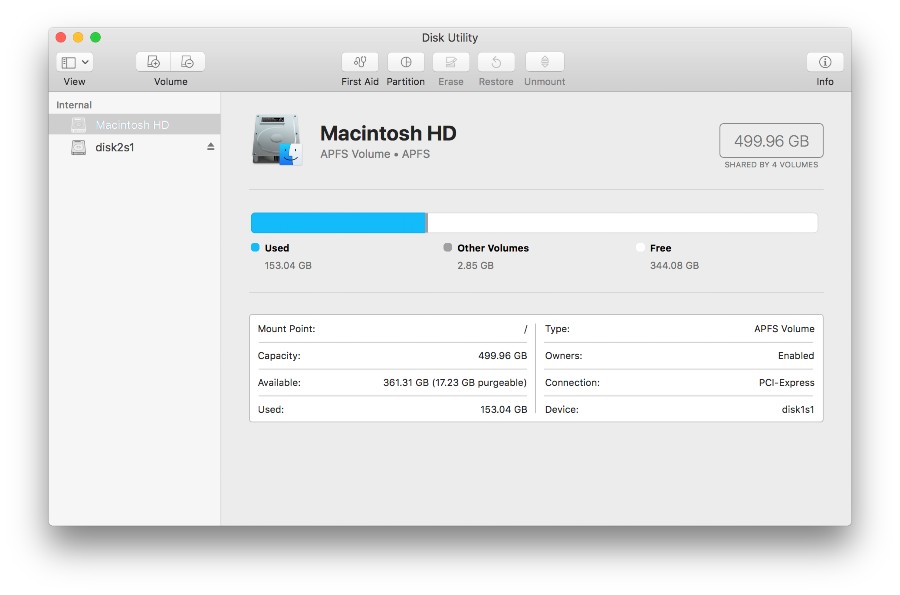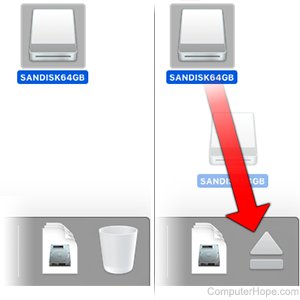

The Windows Command Prompt takes much longer but is the best way to format flash drive, and deal with any problems such as " Windows was unable to complete the format". But, to ensure you don't encounter any errors, the additional two methods below are recommended for larger flash drives. The process to format larger drives, that is, above 32 GB is more or less the same. You can now use it or unplug it safely from the PC. Once complete the drive has been formatted to exFAT. Step 5: Click OK and wait for the process to complete. Step 4: In the File System drop-down menu, select NTFS, FAT32, or exFAT, and tick the Perform a quick format option. Step 3: Type a name in the Volume Label field to help you quickly identify the drive in File Explorer. Step 2: Right-click the flash drive and select the Format option. Once detected, type Disk Management in the Windows Search bar and click " Create and format hard disk partitions" to launch the Disk Management Utility. Step 1: Plug in your USB drive and wait for it to be detected. It is packed with several features that allow you to format thumb drive, change drive letters and paths, add mirrors, extend, shrink and delete volumes, and much more.

Click " OK" and begin using the drive or eject it safely.ĭisk Management is a Windows utility tool that helps you manage all your drives from one area. If the format is successful, you will get prompt as shown below. To quit, click CANCEL." Click "OK" and wait for the progress bar to finalize. You will get a pop-up warning you that, " Formatting will erase ALL data on this disk. Step 4: Click Start to begin the process. Check the Quick Format checkbox if it isn't already ticked. Step 3: Click on File System and select exFAT from the dropdown. Step 2: Once it's recognized, open Windows File Explorer and navigate to the disk location. Step 1: Plug in the USB into the computer and wait for it to be detected. For small USB drives of under 32 GB, you can format flash drive to either FAT32 or exFAT. If your USB is small, for example, 4GB, it may not make sense to format it to exFAT because you will never be able to store files larger than 4GB, unless you have the need to transfer files between macOS and Windows devices. For example, you may want to create a different partition for media such as images and videos.Īs mentioned earlier, the exFAT system is ideal for large files and partitions.

DO I NEED TO FORMAT USB STICK FOR MAC MAC
NTFS is compatible with Windows but files can only be opened in read-only mode in Mac and some Linux distributions. It originally debuted in Windows NT and later in Windows XP. NTFS has a huge file size and partition limits that are theoretically impossible to surpass.



 0 kommentar(er)
0 kommentar(er)
